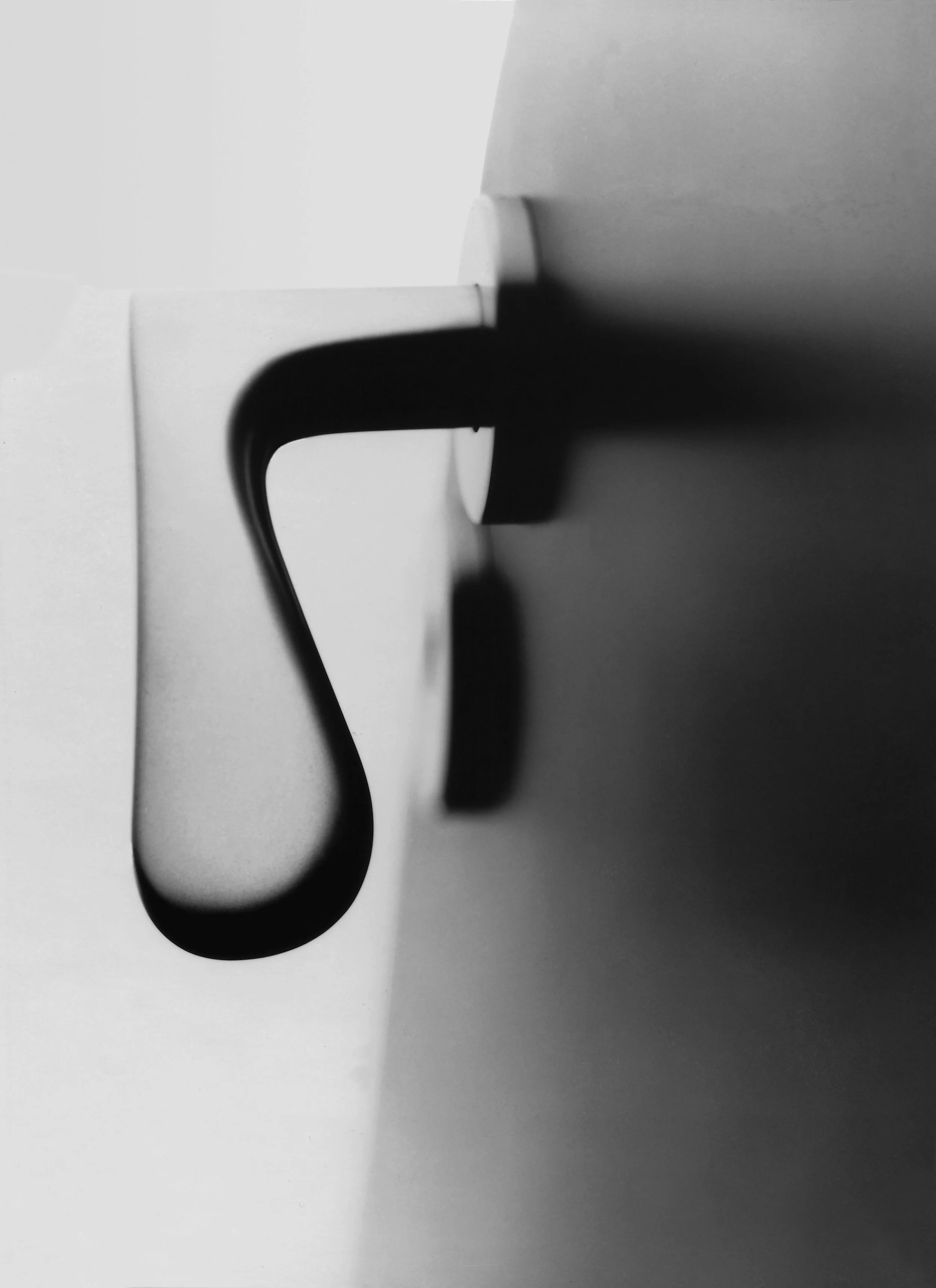Spotlight: Historic Work and the Gift of Public Domain Museum Images
We knew early on in the process of writing CAST that we wanted to include historical examples of casting.
This became a crazy treasure hunt for good images of good examples, and ones we could afford... our vision was a big ask to the universe, but it answered us in the form of museums that have put images from their collections into the public domain. CAST would not have been possible without this incredible opportunity that these museums afforded us.
We knew that including the history of casting in our book would important because we wanted to show that casting today - whether in the arts or in industry - is part of a continuum and there is much to learn looking at the history of the process. Many ancient cultures were shockingly sophisticated in what they were able to produce whether Pre-Columbian gold jewelry, ancient Chinese porcelain, or Greco-Roman bronzes.
Like many topics in the book, we wanted to touch on this, but we knew we had to be careful not to get sucked down a rabbit hole that turned the book overly historic, dry, or too technical. Truth be told, this was a tricky needle to thread. How much is enough? How much is too much? We grappled with questions like these throughout the process of writing CAST.
So, we found ourselves faced with the question of where to find good quality, high resolution images that we could afford. Since this was our first book, we didn't know anything about image acquisition or image licensing rights. We won't delve into the details here, but this is a very tricky aspect of creating an image-heavy book. One of the things we learned is that image licensing can be very complicated and very expensive.
There were certain artists that we knew without a doubt we wanted to include in CAST and we quickly learned that we would have to shell out a good deal of money to be allowed to use images of their work. These are typically living artists that are represented by ARS (Artists Rights Society) or VAGA but they can also be artists who have died but whose estates are still represented so they can continue to collect royalties on use of images of the artists' work. (Did we mention that this is complicated??) But, our love for certain artists' work and our deep seated belief that we had to include some of these works led us to bite the bullet and pay for many of our coveted images.
Early on, it seemed we were looking at tens of thousands of dollars to be able to adequately represent historic casting (not to mention the high-profile contemporary artists). We almost gave up - that was simply not going to be possible... until we discovered the handful of museums that have shared images from their collections and put them into what is known as "the public domain."
Without getting into the weeds too much here with details about copyright law, licensing, and usage rights, a public domain image is defined as "a photo, clip art or vector whose copyright has expired or never existed in the first place. These images can be used by almost anyone for personal and commercial purposes."
This was our ticket!
Museums like LACMA (The Los Angeles County Museum of Art), The Walters Art Museum, The Brooklyn Museum, and others made CAST possible. It would have been a very different book without that historical perspective. Staff members at these museums have clearly spent thousands of hours photographing their collections, writing the captions, and building websites to accommodate these thousands of images and they have generously shared these images without any restrictions when it comes to usage.
If you are writing a book, teaching, blogging, or creating anything that requires good quality historic images that are free and clear for any usage, these museums are a goldmine. Not every image on these websites is in the public domain - you'll have to read the fine print carefully - but some of them even allow you to filter your search to show public domain images only. For example, here's a search for the word "cast" on LACMA's website that has been filtered to show only public domain images. As you can see, there are 929 results! LACMA's website also gives you the option to filter the images chronologically, by their classifications, or by their curatorial areas.
We owe a huge debt of gratitude to the museums who have gone to the trouble of sharing their collections with the world in this way. CAST: Art and Objects Using Humanity's Most Transformational Process never would have been possible without these incredible museums' contributions.
Thank you to museums everywhere that are undertaking this huge effort to share their collections with the public!
Oil lamp, 7th-8th century. Egypt, ceramics (earthenware), 1.31" x 3.5". Courtesy of LACMA, Gift of Camilla Chandler Frost, www.lacma.org, LACMA public domain



